You are using an out of date browser. It may not display this or other websites correctly.
You should upgrade or use an alternative browser.
You should upgrade or use an alternative browser.
pop's prop 215 shop
- Thread starter mojave green
- Start date
Miraculous Meds
Well-known member
ripening up nicely mg!
day 59
day 59
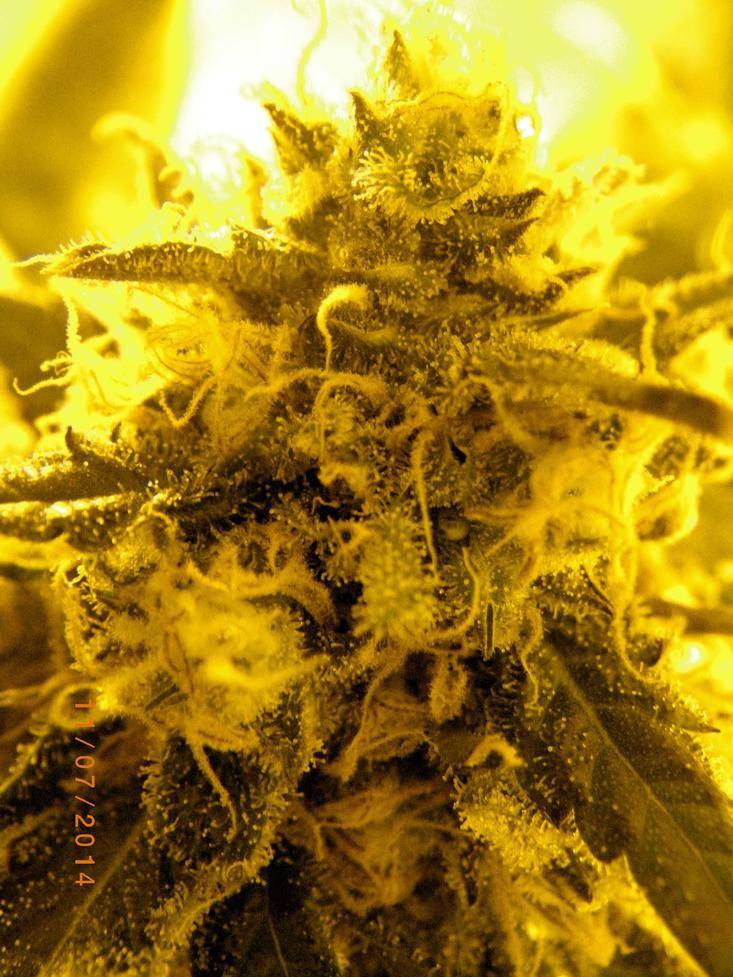
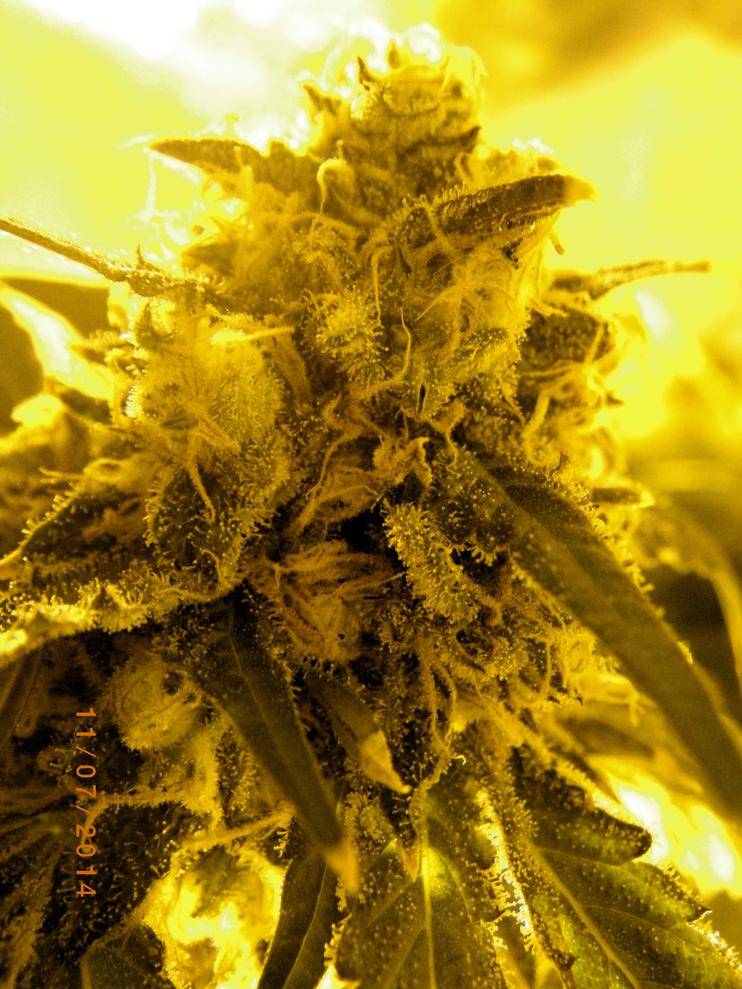
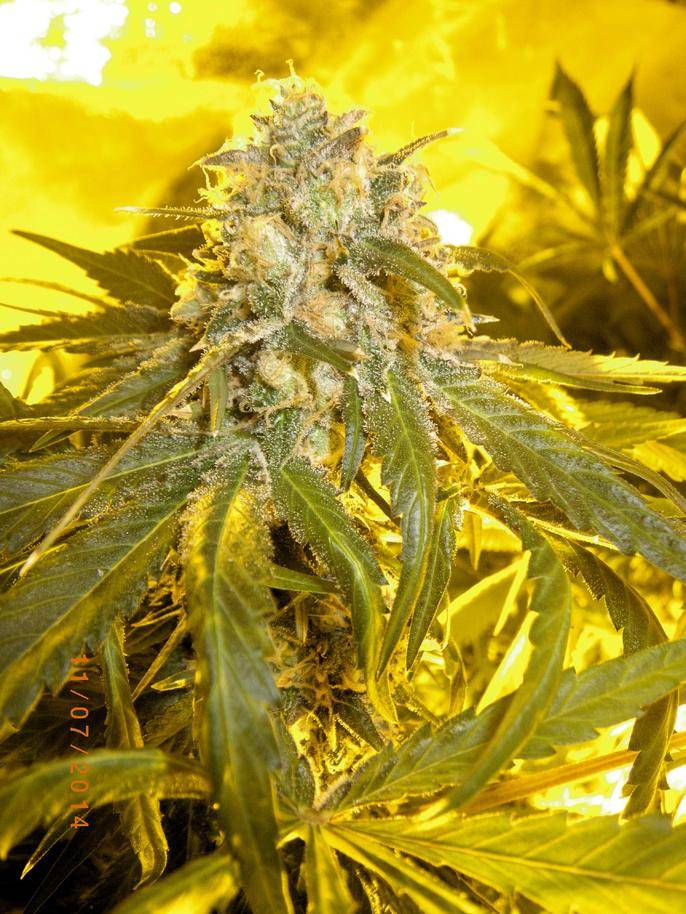
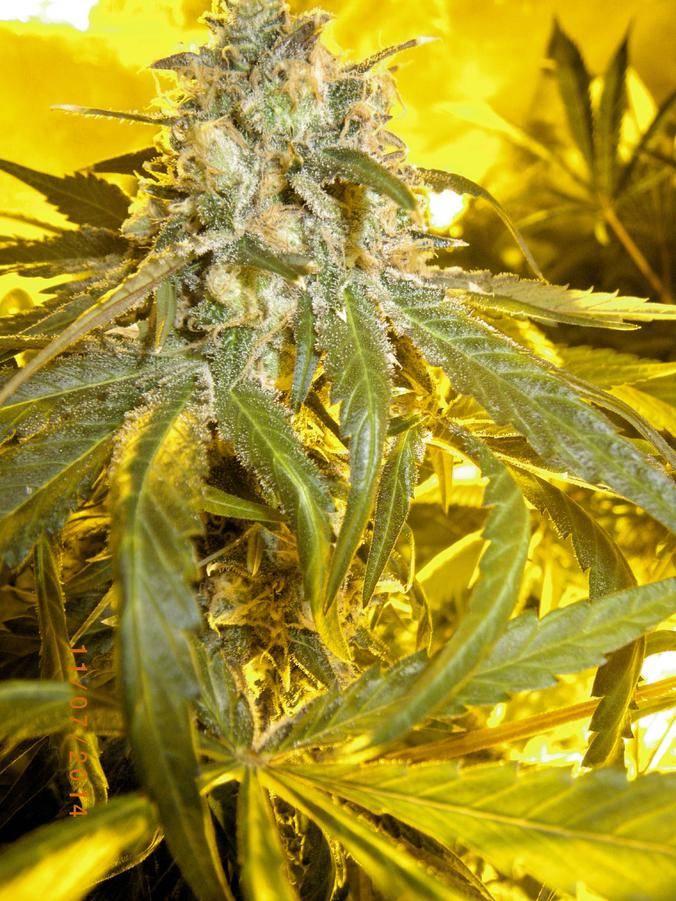
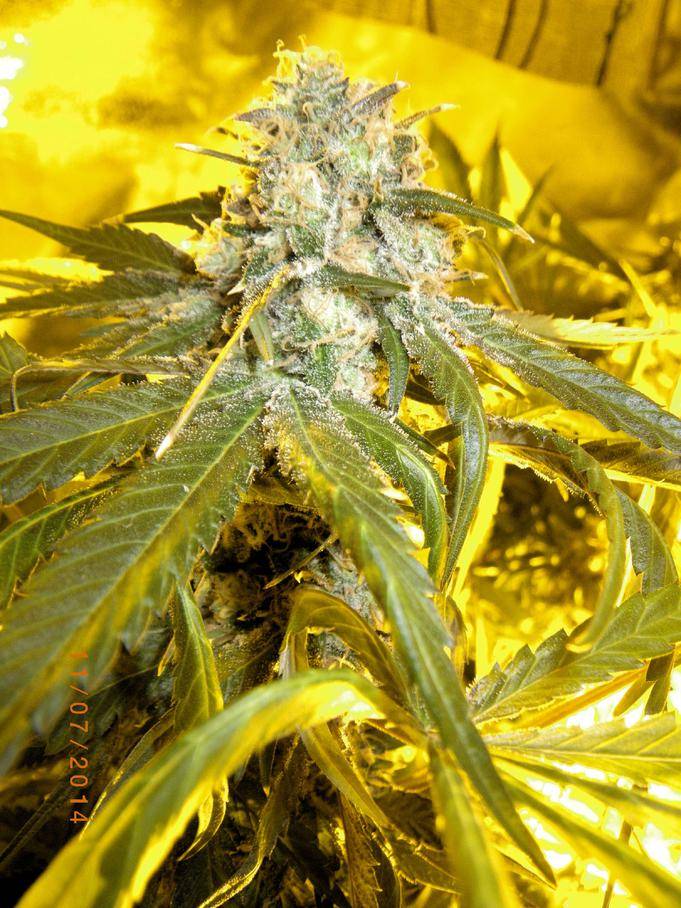
day 59
wassup croptober?
some old school clone root porn.
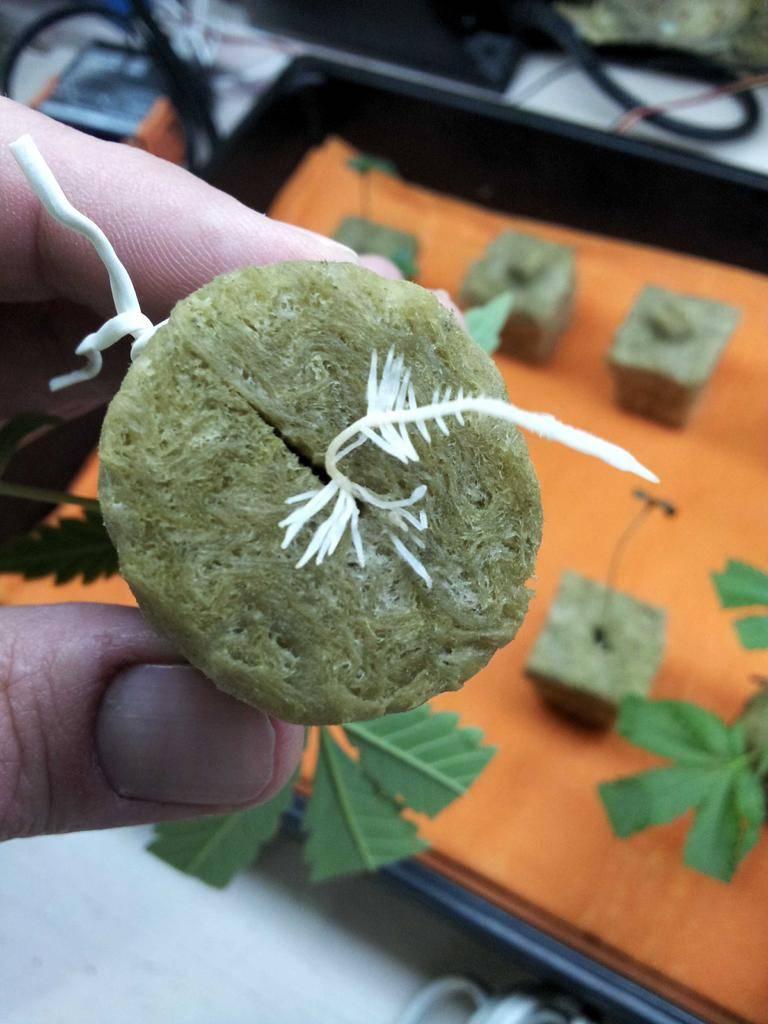
some old school clone root porn.
Miraculous Meds
Well-known member
How much longer till medusa gets her head chopped off? Shes looking close, id guess a week max?
thasa a baby lapis mtn indicaNice lil fish skeleton you got there, what is that baby?
yah, at least a week. i hear she may go 80 days.How much longer till medusa gets her head chopped off? Shes looking close, id guess a week max?
medusa mg, day 64
medusa mg, day 64
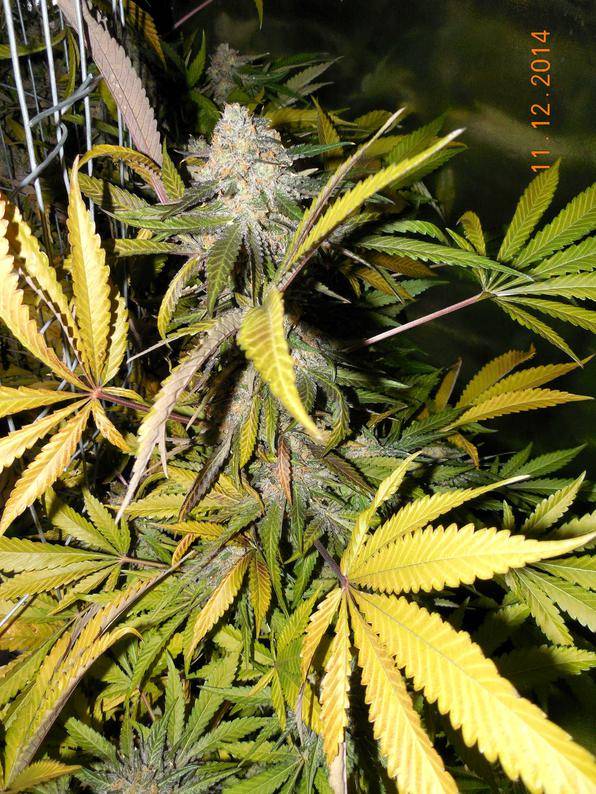
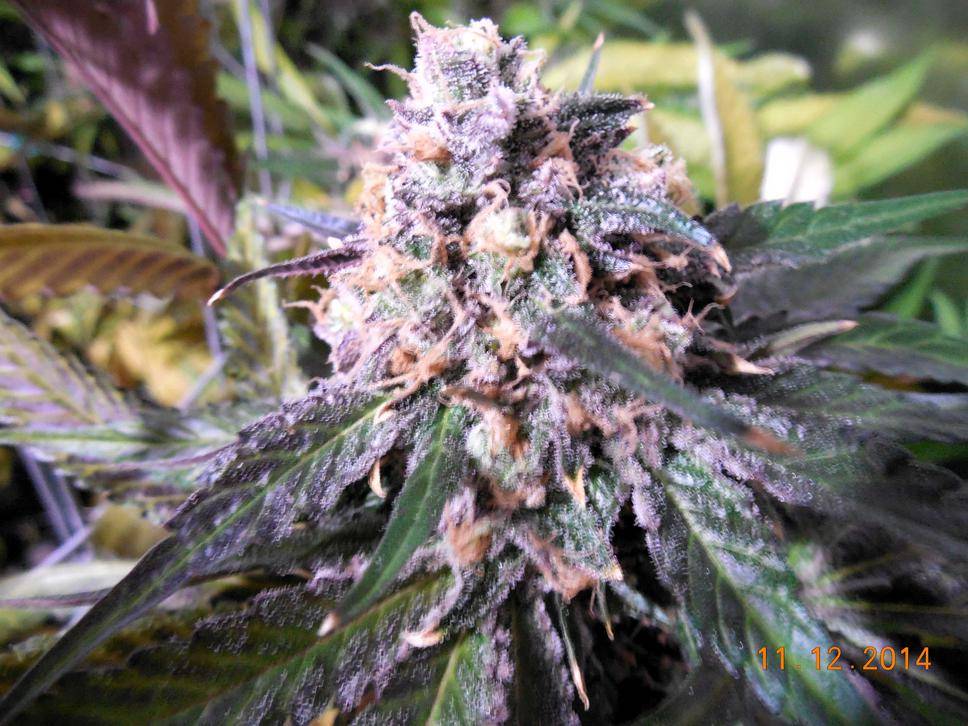
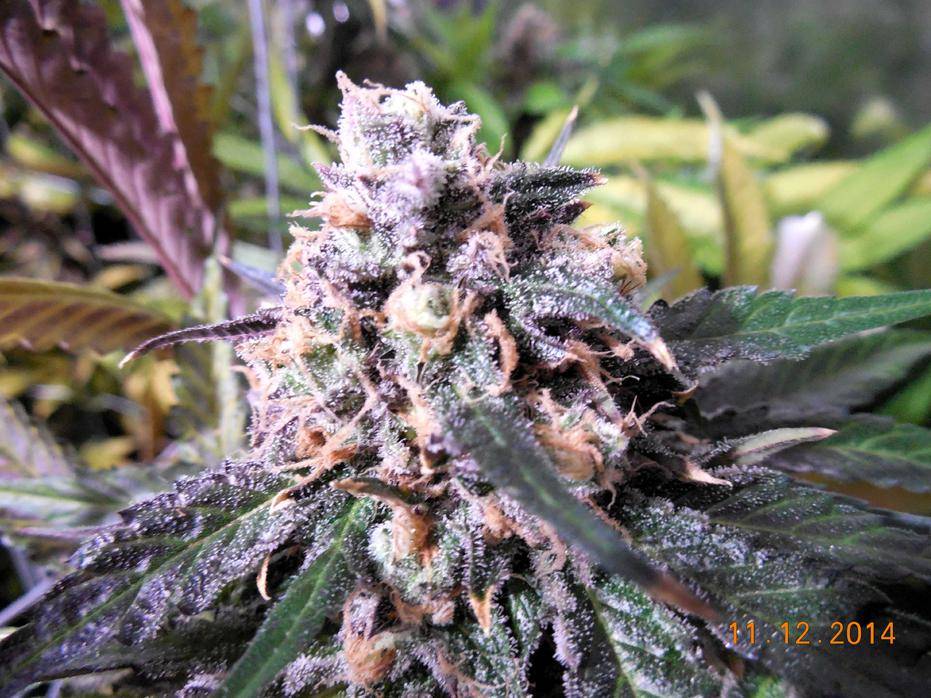

medusa mg, day 64

sum shitty phone cam pics of my shitty pot with burnt tips!
sum shitty phone cam pics of my shitty pot with burnt tips!
lmi apparently feeds heavy in veg and lighter in flower. i do better next round.
she kinda purity though with a touch o frost.
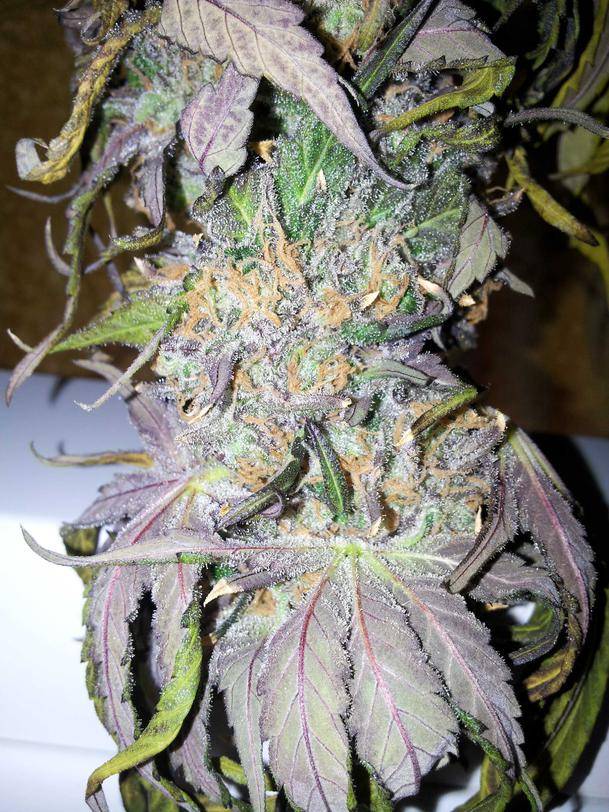
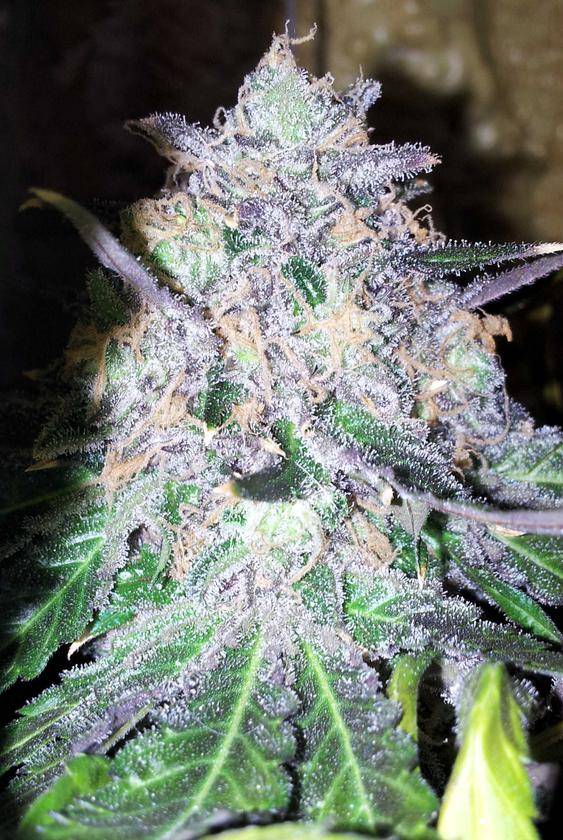
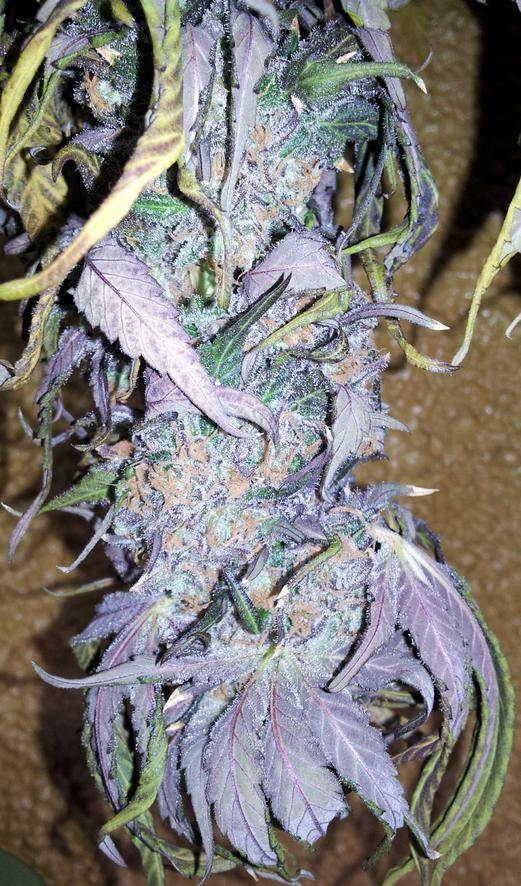
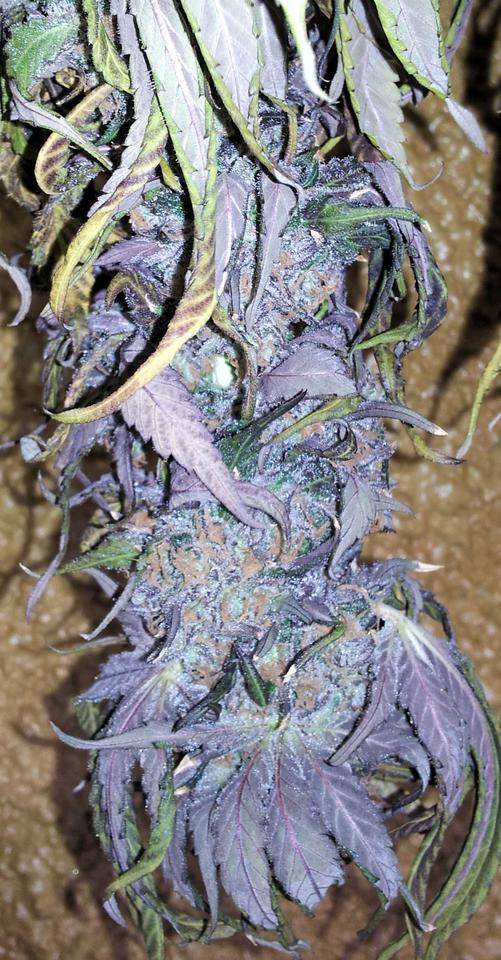
sum shitty phone cam pics of my shitty pot with burnt tips!
lmi apparently feeds heavy in veg and lighter in flower. i do better next round.
she kinda purity though with a touch o frost.
trying for a perfect cure.
trying for a perfect cure.
chopped bout 3/4 of my crop so far.
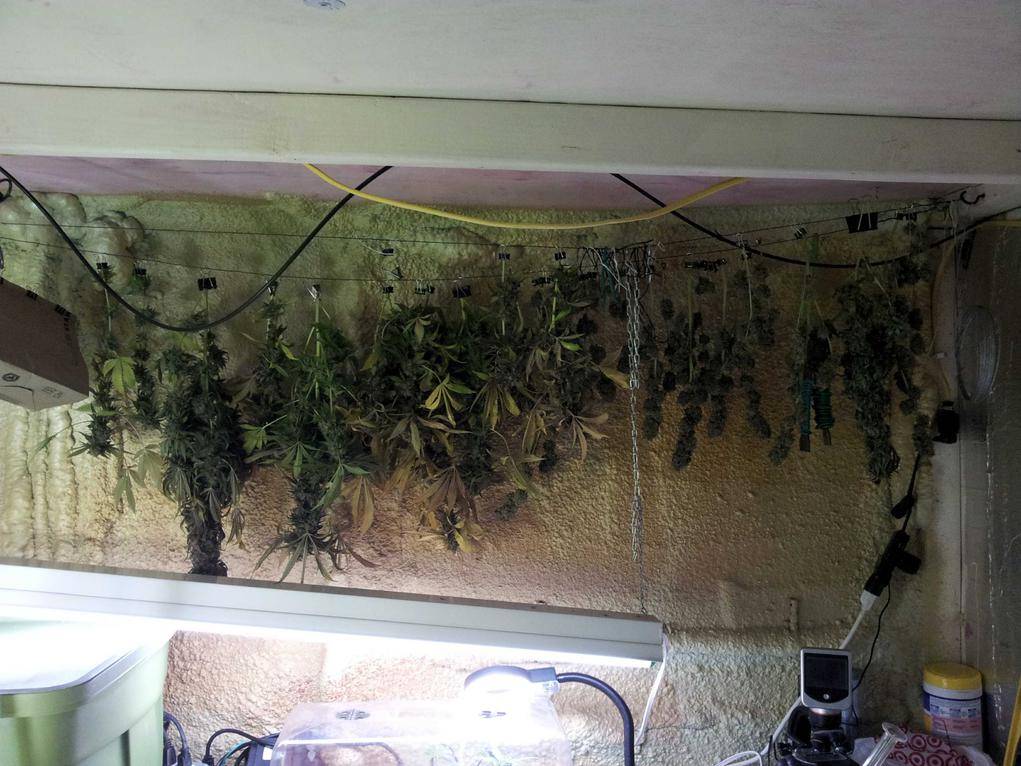
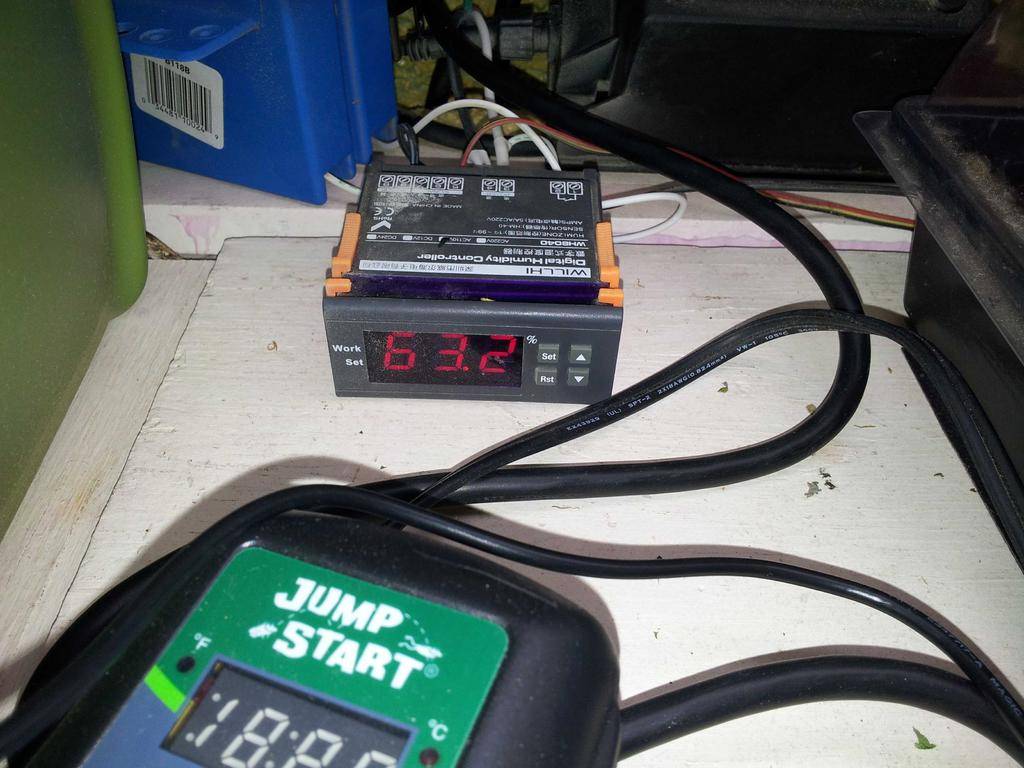
trying for a perfect cure.
chopped bout 3/4 of my crop so far.
lmi apparently feeds heavy in veg and lighter in flower. i do better next round.
she kinda purity though with a touch o frost.
View Image View Image View Image View Image
Beautiful colors and frosty too...great combination! I always find it very gratifying to whip out some kill looking dank with friends and family and also have it blow there socks off.
Yep my friend I' lurk a lot but I'm here on an almost daily basis checking things out. Spend most my time in PM's and K messages with people with who I share much in common. Most of them are local to my area. So if I ran through your thread real quick and left a breif K+ is that my time on the Mag is limited by life happening and no disrespect intended.
First runs are always a bit rocky. After you get one run under your belt you are that much closer to finding the sweet spot for her. I'm a fan of less is more and find my first seed run with a plant usually lacking the nuit support to finish fully filled in and fat. Finding that the product of such efforts are of high quality but lacking in the yield that it could have gained otherwise given proper amount of feed to achieve that.
I can see the improvement in your grows since a while back so I won't wish you luck, rather I'll say ...grow on brother, grow on
peace joe
hey joe,Beautiful colors and frosty too...great combination! I always find it very gratifying to whip out some kill looking dank with friends and family and also have it blow there socks off.
turns out it's pretty strong weed. been samplin some early.

Miraculous Meds
Well-known member
nice job buddy. looks beautiful. Is that the same medusa strain?
yeah, the same lapis mtn indica mama.nice job buddy. looks beautiful. Is that the same medusa strain?
not quite. i always seem to fuk up a couple things along the way. old aikido teacher's response to the question,Hey MG
Frosty as that is I'm not surprised...your doing it right!
"how do you not make mistakes?"
teacher said, " oh i make mistakes, i just correct them faster."
thas what ima trying!
nice to hear from you.
chlorine orp
chlorine orp

Fig. 1. Mortality of P. aphanidermatum zoospores following exposure to chlorine treatments prepared with municipal water in which the pH was not lowered. Each column represents the mean (with standard error bar) of 3 experiments. The pH and ORP values at the bottom of the graph are the means and standard errors associated with each chlorine concentration.

Fig. 2. Mortality of P. dissotocum zoospores following exposure to chlorine treatments prepared with municipal water in which the pH was not lowered. Each column represents the mean (with standard error bar) of 3 experiments. The pH and ORP values at the bottom of the graph are the means and standard errors associated with each chlorine concentration.

Fig. 3. Mortality of P. aphanidermatum zoospores following exposure to chlorine treatments prepared with municipal water in which the pH was lowered to pH 6.0 prior to addition of sodium hypochlorite. Each column represents the mean (with standard error bar) of 3 experiments. The pH and ORP values at the bottom of the graph are the means and standard errors associated with each chlorine concentration.

Fig. 4. Mortality of P. dissotocum zoospores following exposure to chlorine treatments prepared with municipal water in which the initial pH was lowered to pH 6.0 prior to addition of sodium hypochlorite. Each column represents the mean (with standard error bar) of 3 experiments. The pH and ORP values at the bottom of the graph are the means and standard errors associated with each chlorine concentration.
chlorine orp

Fig. 1. Mortality of P. aphanidermatum zoospores following exposure to chlorine treatments prepared with municipal water in which the pH was not lowered. Each column represents the mean (with standard error bar) of 3 experiments. The pH and ORP values at the bottom of the graph are the means and standard errors associated with each chlorine concentration.

Fig. 2. Mortality of P. dissotocum zoospores following exposure to chlorine treatments prepared with municipal water in which the pH was not lowered. Each column represents the mean (with standard error bar) of 3 experiments. The pH and ORP values at the bottom of the graph are the means and standard errors associated with each chlorine concentration.

Fig. 3. Mortality of P. aphanidermatum zoospores following exposure to chlorine treatments prepared with municipal water in which the pH was lowered to pH 6.0 prior to addition of sodium hypochlorite. Each column represents the mean (with standard error bar) of 3 experiments. The pH and ORP values at the bottom of the graph are the means and standard errors associated with each chlorine concentration.

Fig. 4. Mortality of P. dissotocum zoospores following exposure to chlorine treatments prepared with municipal water in which the initial pH was lowered to pH 6.0 prior to addition of sodium hypochlorite. Each column represents the mean (with standard error bar) of 3 experiments. The pH and ORP values at the bottom of the graph are the means and standard errors associated with each chlorine concentration.

In summary, P. aphanidermatum and P. dissotocum zoospores can be killed relatively quickly (0.25 to 2 min) by maintaining ORP values > 780 mV in chlorinated water. Hong and Richardson (7) reported complete mortality of P. aphanidermatum and P. sulcatum zoospores after 2 min exposure to 2.0 mg/liter chlorine. However they did not report the final pH and ORP measurements of chlorinated water treatments, so results cannot be directly compared. Maintaining an ORP > 780 mV may also be effective in killing other biological contaminants in water (6,15). This value is well above the ORP of 650 to 700 mV recommended to kill bacterial contaminants, such as Escherichia coli, and Salmonella species in water used in postharvest processing operations (16).
As mentioned previously, the oxidizing ability of a chlorine solution is pH dependent so lowering the pH of the water prior to chlorination increases the ORP. Suslow (15) recommended maintaining water pH between pH 6.0 and 7.5 to ensure adequate chlorine activity and to avoid the formation of toxic chlorine gas which occurs at pH < 6.0. Lowering the water pH before the addition of chlorine may be very important for growers using a municipal water supply where water pH may exceed 8.0. It is clear from our results that lowering the pH of a solution increased ORP and resulted in the mortality of Pythium zoospores. Buck et al (1) examined potential phytotoxicity caused by chlorine derived, acidic electrolyzed oxidizing (EO) water in bedding plants and found at pH of 2.8 to 2.9 and ORP of 1071 to 1079 mV only slight damage on certain plants, with severity ratings of 3 or less on a scale of 10. These values are much greater than experiments required for complete mortality of Pythium zoospores. Similarly, Grech et al. (4) did not witness significant phytotoxicity in citrus trees in field and greenhouse conditions when treated with up to 500 µg/ml of electrolytically generated chlorine, while Phytophthora sp., Fusarium sp. and bacteria were completely eliminated.
We believe measuring ORP values rather than total chlorine content is a simpler and more accurate measure of the disinfestation potential of a chlorine solution. ORP meters are relatively inexpensive and easy to operate and should be an essential piece of equipment for managers using a chlorination system for disinfestation.
http://www.plantmanagementnetwork.org/pub/php/research/2008/pythium/



